Supplements designed to protect against liver toxicity are incredibly important for anyone who cares about their metabolic health. Regardless of the type of athlete or dieter you are, you should know that you can still benefit from taking something to support your liver. That's because strenuous exercise has been shown to significantly elevate liver enzymes in healthy adults.[1]
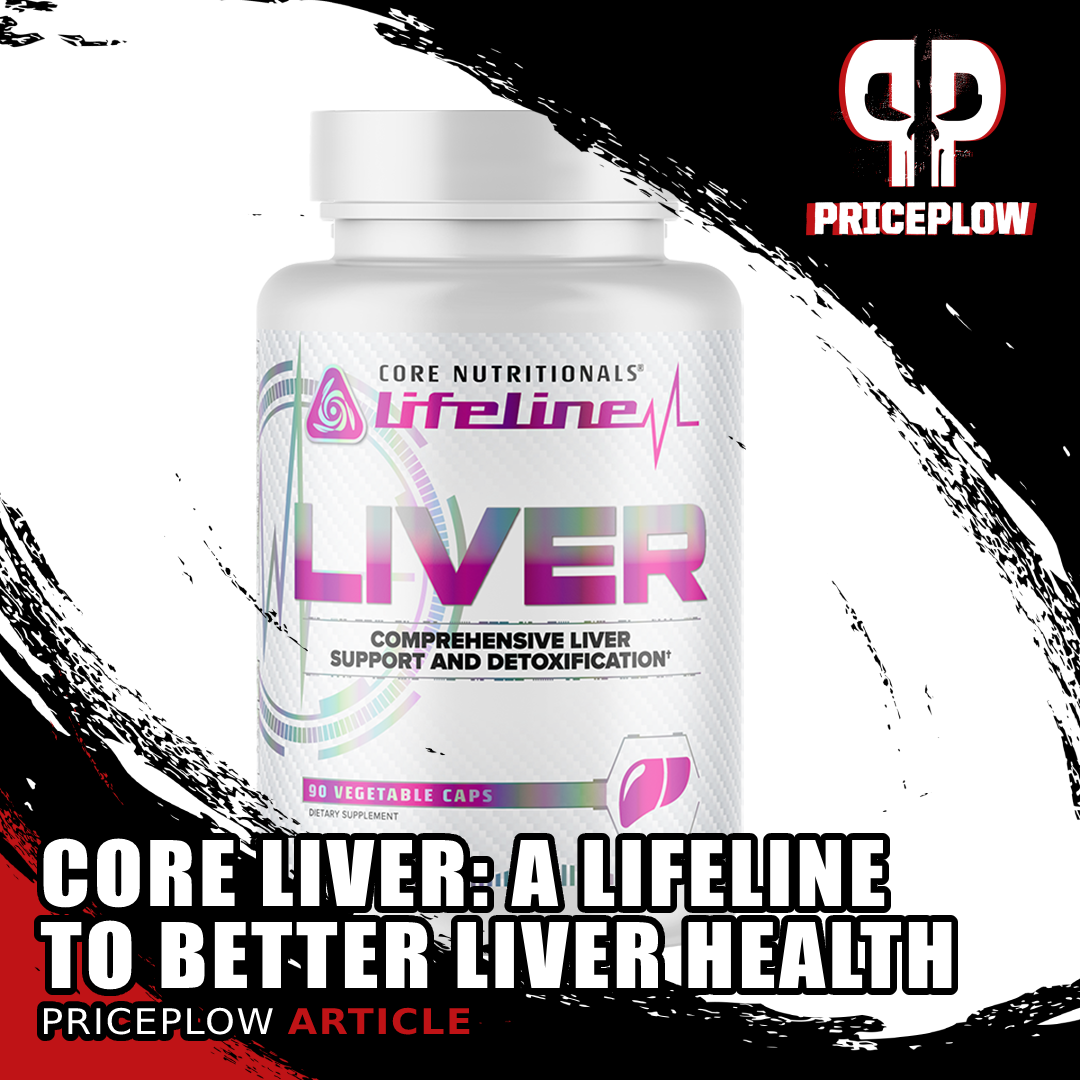
A founding member of the CORE Lifeline Series, Core LIVER is a comprehensive liver health support supplement that introduces us to Katuki extract
As a part of the incredibly well-received Core Lifeline Series, which includes a gut health masterpiece, Core GUT, and an inflammation mediator in Core SOOTHE, CORE Nutritionals added a potentially more important product to the line: a comprehensive liver support and detoxification supplement, Core LIVER.
Core LIVER: Comprehensive Liver Support & Detoxification
With just four ingredients and one absorption amplifier, Core LIVER is driven by a massive amount of milk thistle extract -- at a higher dosage than we've ever seen. In addition, it includes an ingredient that may be new to most of us, in the form of Katuki extract, which has been shown to improve liver enzyme levels and reduce liver fat.
All of the details are covered below, but first take a moment to check PricePlow's coupon-powered prices and sign up for our CORE Nutritionals alerts:
Core Nutritionals Lifetime - Liver – Deals and Price Drop Alerts
Get Price Alerts
No spam, no scams.
Disclosure: PricePlow relies on pricing from stores with which we have a business relationship. We work hard to keep pricing current, but you may find a better offer.
Posts are sponsored in part by the retailers and/or brands listed on this page.
This area is reserved for Team PricePlow's upcoming Ingredients video.
Subscribe to our channel and sign up for notifications so you catch it when it goes live!
Core LIVER Ingredients
In a single three-capsule serving of CORE Nutritionals Liver, you get the following:
-
Milk thistle extract (80% silymarin) - 1260 mg
Any liver-protecting supplement worth its salt is going to contain some milk thistle. Also known as Sylbum marianum, milk thistle is native to the Mediterranean Basin and Asia Minor, and has been recognized for its healing properties since at least 2,000 years ago when it was mentioned in the writings of ancient Greek physician and botanist, Dioscorides.[2]
The "per serving" dose of milk thistle used in CORE Nutritional Liver is very high for a comprehensive liver aid that contains additional ingredients. If you haven't taken milk thistle before, we recommend starting with one capsule (which includes 1260 milligrams of the herb) and working your way up to the recommended three doses.
The first thing to notice about this particular milk thistle extract is that it has 80% standardization for silymarin (the bioactive ingredient), which is a very high level of purity for milk thistle extracts. This, combined with the dosage, makes for a powerful supplement.
What is silymarin?
But what is silymarin? It's not actually a single compound -- it's a class of three different "flavonolignans" called silydianin, silibinin, and silychristin.[3] Although there are other bioactive compounds in milk thistle, these are the strongest.
Traditionally, milk thistle was used as a liver tonic[3] and in the treatment of "melancholy diseases,"[2] which was a catch-all category for a number of different ailments in pre-modern medicine. In the modern age, we enjoy a huge volume of published research attesting to milk thistle's preventative and therapeutic benefits.
Silybum Marianum, better known as Milk Thistle, has a tremendous amount of research for liver detoxification
That research includes, but is not limited to:
- Protection and rehabilitation from drug-induced liver disease[4-6]
- Improvement of liver function post alcohol abuse[7-12]
- Amelioration of general liver toxicity[13-15]
- Protection of the liver from environmental toxins[16]
- Protection against general liver disease[17,18]
Although milk thistle extract does have an impressive ability to protect the liver from damage, the best way to prevent liver injury is to remove or avoid whatever toxin you're trying to protect against. Just because you're taking a liver-support supplement does not give you license to abuse your liver with reckless abandon. The supplement will only help keep your liver healthy - you still need to support it with good lifestyle and dietary choices.
-
Katuki Extract (Picrorrhiza kurrao) standardized to 5% kutkin - 400 mg
Bile is a substance produced by the liver. When it's released, it removes toxins, cholesterol, fat, drugs, and other metabolites from the liver.[19] So when it comes to optimal liver function, bile secretion is key] If liver function is impaired and you develop a bile deficiency, it can cause a wide range of problems, from impaired hormone synthesis[20] to gallstones[21].
That's where Picrorrhiza kurrao comes in. First described in the Ayurvedic system of classical Indian medicine,[22] Picrorrhiza has been shown to protect the liver in both humans and animals. When given to rats whose livers were deliberately injured by researchers, the animals taking Picrorrhiza extracts showed reductions in liver enzymes and liver fat deposition -- both clear indications of improved liver function.[22] In humans, a similar effect was observed. Patients who had been diagnosed with acute viral hepatitis saw their bilirubin levels return to baseline much faster when given a preparation of Picrorrhiza.[22]
In another study, researchers examined Picrorrhiza's ability to reverse the pathology of non-alcoholic fatty liver disease (NAFLD) in rats and found that it significantly regressed several measures of NAFLD, as indicated by a histological study of the animals' livers.[23] This is a promising finding since NAFLD is a common disease in humans.
As the most novel ingredient in CORE Liver, Katuki extract introduces a new mechanism for liver health, and could be what sets this supplement apart from its competition. Aside from the rest of the formula, which is already powerful, Katuki makes it worth trying for those who keep an eye on their liver enzymes and are looking for something new.
-
Setria L-Glutathione - 250 mg
Often referred to as the "master antioxidant," glutathione (GSH) is a non-essential amino acid whose job it is to remove damaging free radical compounds from the body.[24,25] Because the body's rate of glutathione production is limited by the availability of cysteine, various supplementation strategies have been developed to overcome this bottleneck and provide the body with optimal glutathione levels.
In five incredible capsules, Core GUT brings prebiotics, probiotics, postbiotics, and digestive enzymes to help improve your gut health and digestion!
Straight glutathione has limited bioavailability, at least when administered orally.[26] So that's where designer preparations, such as Setria glutathione, come in handy. Setria has been shown to be significantly more bioavailable than ordinary glutathione, even in oral preparations. In fact, Setria is so much more bioavailable that it has clinically significant effects.
In the words of Penn State University College of Medicine researchers who tested an oral preparation of Setria, "These findings show, for the first time, that daily consumption of GSH supplements was effective at increasing body compartment stores of GSH".[27] In another study, supplementation with Setria and citrulline was shown to increase nitric oxide (NO) levels -- an indirect way to measure the effectiveness of glutathione supplementation since glutathione protects NO from being reduced by nitric oxide synthase.[28]
-
TUDCA (Tauroursodeoxycholic Acid) - 250 mg
Tauroursodeoxycholic acid is an exciting ingredient to see in a liver supplement. Traditionally, it hasn't been used very often just because it's costly and difficult to obtain. But its efficacy in protecting the liver is truly amazing.
TUDCA is ursodeoxycholic acid (UDCA) conjugated with the amino acid taurine. UDCA is used to treat cholestasis, a bile-deficiency condition that leads to an accumulation of toxins in the liver. Cholestasis can be caused by a physical blockage in bile ducts, but chronic drug use can also lead to liver toxicity.[29]
The consequences of cholestasis are grim. Usually, fat digestion slows to a halt and can eventually destroy the liver— then cell death often follows.[30] If left untreated, this condition can lead to total organ failure.
Where TUDCA comes in and helps protect the liver is by occupying certain receptors on the surface of the cell that are necessary for cell death to occur. Additionally, it helps stimulate the production of bile and the elimination of toxic metabolites from the liver, thus decreasing the overall burden on the liver.
In a large study directly comparing TUDCA to UDCA, (which is an established treatment for cholestasis), 250 milligrams of TUDCA proved to be, in the words of the researchers, "safe and as efficacious as UDCA for the treatment of PBC [primary biliary cholangitis]."[31] In another study—a six month trial— TUDCA was found to be safer and more effective than UDCA in the treatment of liver cirrhosis.[32]
So, overall, TUDCA looks to be a lot better than the old workhorse UDCA.
-
BioPerine (Black Pepper (fruit) Extract std. to 95% Piperine) – 5mg
The reason why BioPerine tends to show up in high-quality supplements is because by inhibiting the action of stomach enzymes, it protects bioactive compounds from breaking down in the stomach and, thus, substantially increases their bioavailability.
Capsule supplements are really one of the best places to use BioPerine since the spicy taste doesn't agree with everyone. When it's in a capsule, you can avoid dealing with the flavor or heat, if you so choose.
Dosage
Per the label shown below, take three capsules daily on an empty stomach. This can be all at once, or you can split them a bit into AM/PM if you must.
Dosing milk thistle extract at 1260 mg is appropriate, and in line with the industry standard dose of 1000 mg per day. Research shows that milk thistle extract is tolerated exceptionally well by humans, even at doses of 2 grams per day or more[33] -- so there's no need to underdose this supplement. Still, it is, objectively speaking, a large dose, so if you've never taken milk thistle extract before, it would be wise to start with one capsule per day and work your way up to three.
Core LIVER: Another great Core Lifeline Series supplement
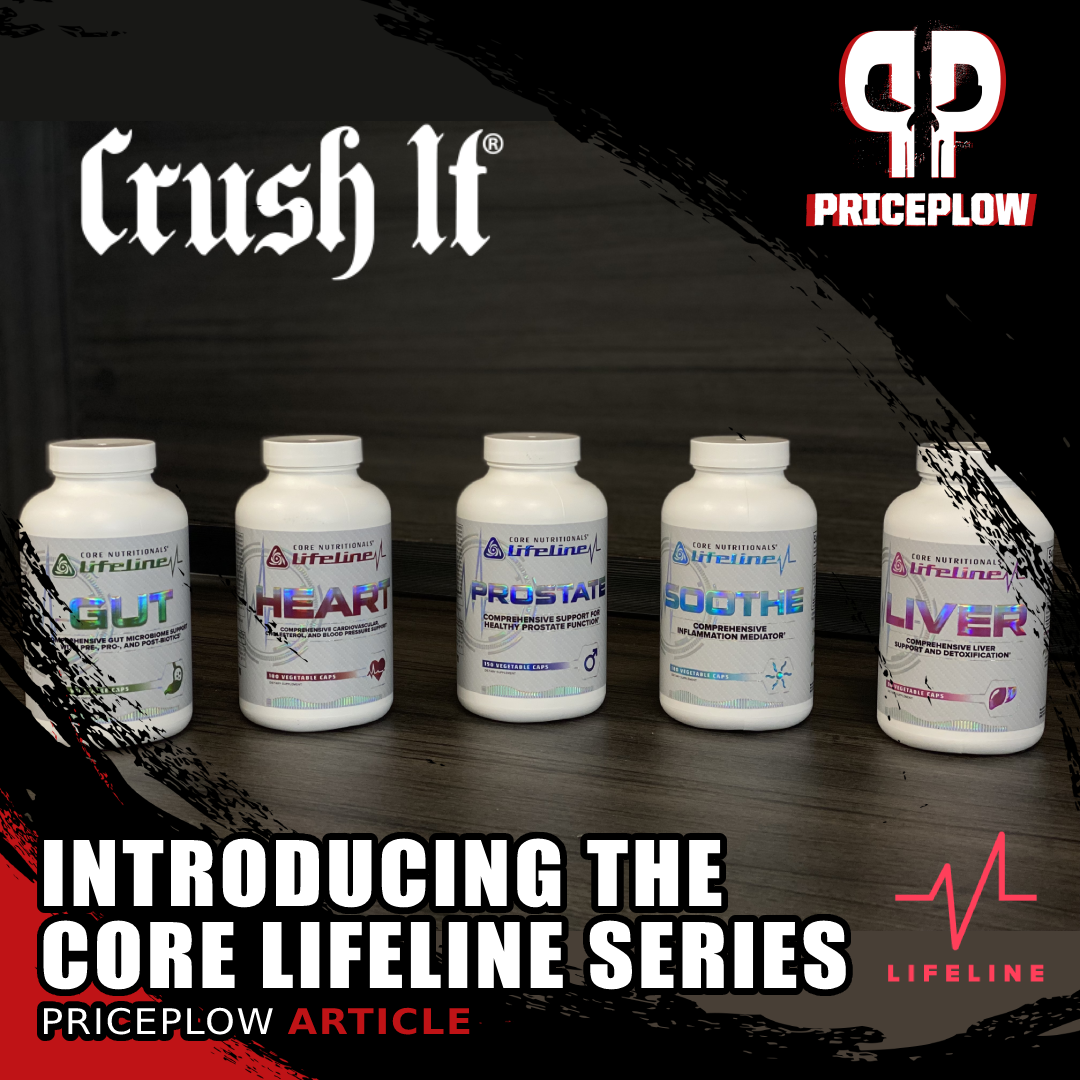
Introducing the Core Lifeline series! With Doug Miller at the helm, this is an unsurprising move -- but wait until you see the dosages in these supplements!
The health of your liver drives countless other metabolic and organ systems related to your general health and well-being. Those who are consistent with blood work and nutritional monitoring can see how dietary and activity changes affect liver enzyme levels.
Core LIVER was specifically developed to keep the liver working when you're training hardest. Fans of the large, well-standardized milk thistle dose (as we are), are always impressed by the growing amount of research on TUDCA and welcome a new ingredient in the form of Katuki extract.
Although Core LIVER may not be a supplement everyone needs to take, it's one that should significantly help those who do want it to focus on this critical organ. Core GUT and Core SOOTHE may be the supplements in the Lifeline Series that get the most attention due to their general inclusivity, but LIVER may be the most important of the line.
Core Nutritionals Lifetime - Liver – Deals and Price Drop Alerts
Get Price Alerts
No spam, no scams.
Disclosure: PricePlow relies on pricing from stores with which we have a business relationship. We work hard to keep pricing current, but you may find a better offer.
Posts are sponsored in part by the retailers and/or brands listed on this page.
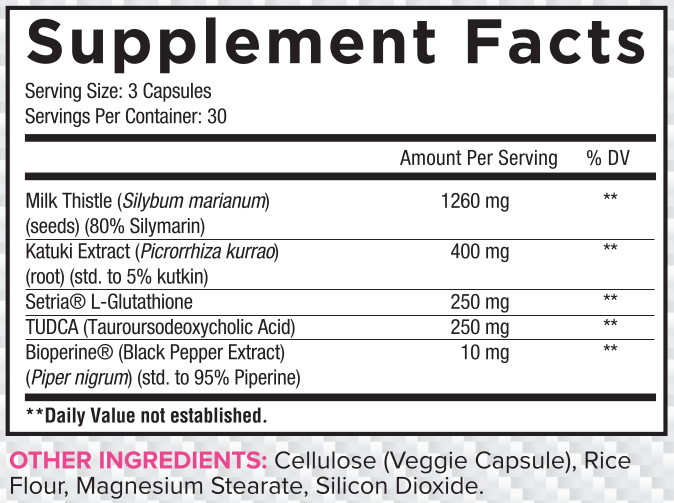
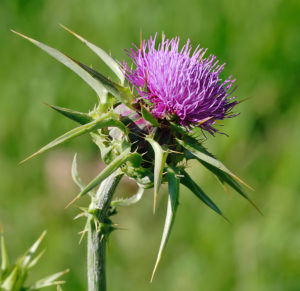
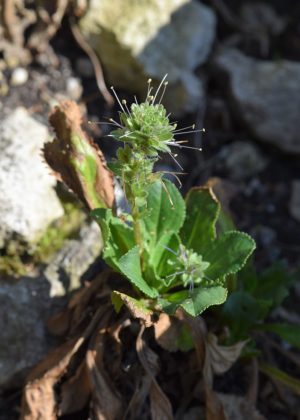
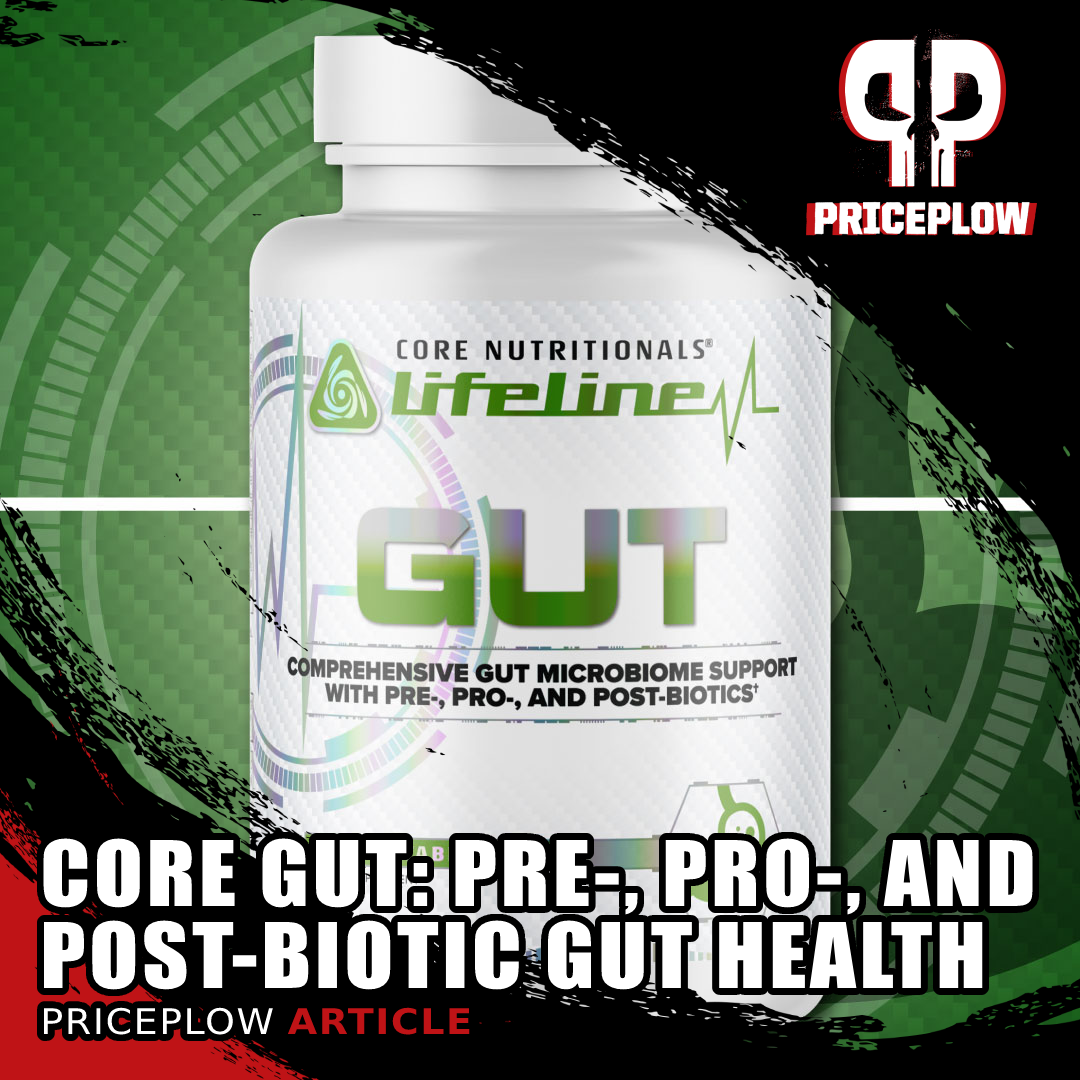
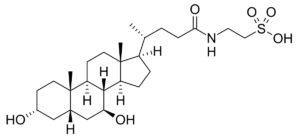
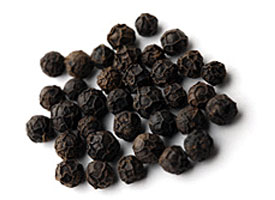
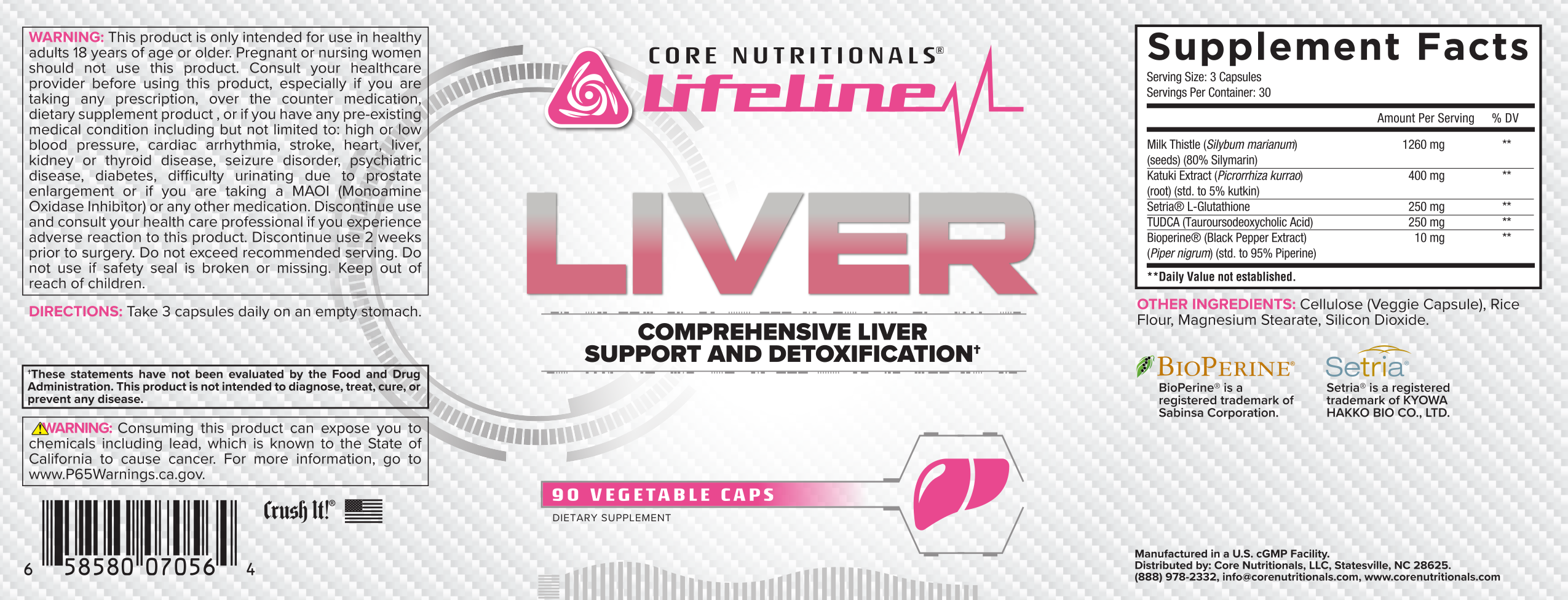


Comments and Discussion (Powered by the PricePlow Forum)